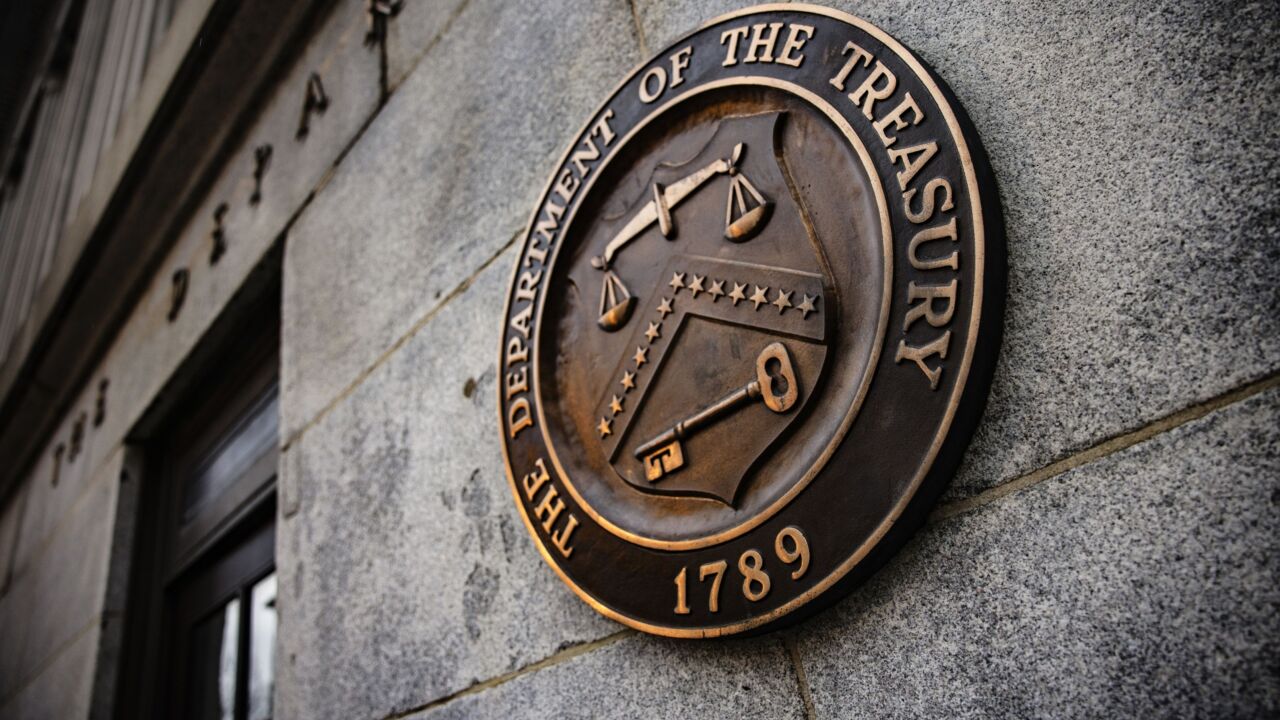Jobs gained during the economic recovery following the Great Recession pay an average of 23 percent less than the jobs lost during the recession, according to a
The annual wage in sectors where jobs were lost during the downturn was $61,637, but new jobs gained through the second quarter of 2014 showed average wages of only $47,171. The wage gap represents $93 billion in lost wages.
Under a similar analysis conducted by the Conference of Mayors during the 2001-2002 recession, the wage gap was only 12 percent compared to the current 23 percent, meaning the wage gap has nearly doubled from one recession to the next.
The report, which was prepared for the Conference of Mayors by IHS, was released in conjunction with the inaugural meeting of the USCM Cities of Opportunity Task Force at Gracie Mansion in New York City. The Task Force is led by New York City Mayor Bill de Blasio and Boston Mayor Martin Walsh and was established at the Conference’s Annual Meeting in June to identify strategies for addressing income inequality, promoting economic mobility and creating jobs in America’s cities.
“While the economy is picking up steam, income inequality and wage gaps are an alarming trend that must be addressed,” said U.S. Conference of Mayors president Kevin Johnson, who is mayor of Sacramento. “This Task Force, led by New York City Mayor Bill de Blasio, will recommend both national and local policies that will help to give everyone opportunity. We cannot put our heads in the sand on these issues. The nation’s mayors have an obligation to do what we can to address issues of inequality in this country while Washington languishes in dysfunction.”
The report also shows the gap between low- and higher income-households is growing and will continue into the foreseeable future. In 2012, the latest year for which figures are available, 261 out of 357 metropolitan areas (73 percent) had a larger share of poorer households (those making less than $35,000 per year), than upper income households of above $75,000.
The report forecasts that middle-income households will continue to fall behind as higher income levels capture a greater share of income gains. In 2014 median household income is projected to increase by 2.5 percent in nominal dollars, and then by 3.8 percent per year from 2015 through 2017. But average (mean) income is expected to rise faster, 2.7 percent in 2014 and by 4.1 percent through 2017. Faster growth in mean income compared to median income demonstrates growing income inequality.
Adjusted for inflation, average household income fell 3.0 percent, while median income fell 5.5 percent from 2005-2012, according to the report.
“The inequality crisis facing our cities is a threat to our fundamental American values,” De Blasio said in a statement. “Reducing income inequality and ensuring opportunity for all is nothing less than the challenge of our times. As mayors, we are on the front lines and we must act now. The Cities of Opportunity Task Force is bringing mayors from all corners of the country together to work together and leverage the power of municipal governments to advance a national, common equity agenda, and to also encourage action on a federal level.”
Boston mayor and vice chair of the Mayors’ Task Force Martin Walsh added, “Recognizing that each city has both universal and unique challenges, we identified three areas in which many of us believe there can be short-term, meaningful impact. In addition to this work we are committing to do together, we will all continue to work in our respective cities on disparity across all policy areas. In our conversations to date, we have identified additional factors related to housing, transportation, financial empowerment and a whole host of other issues that we plan to address moving forward. This is a long-term commitment for all of us, to effect lasting change in the lives of real people in our cities.”
The report also found that since 1975, the increasing share of income earned by the highest quintile—the 20 percent of households with the highest incomes—rose from 43.6 percent in 1975 to 51.0 percent in 2012. Most of that gain occurred in the highest 5 percent of incomes, which rose from 16.5 percent in 1975 to 22.3 percent in 2012, a gain of $490 billion in 2012 income.
The lowest two quintiles, or 40 percent of households, received just 6.6 percent of all U.S. income gains since 2005, while the share of total income gains from the top 20 percent was 60.6 percent and the top 5 percent received 27.6 percent.
The report concludes that according to IHS economic models, the drift toward income inequality will persist in the coming years as it is a structural feature of the 21st Century economy.
“Unless policies are developed to mitigate these trends, income inequality will only grow larger in the future,” said Jim Diffley, director of U.S. Regional Economics at IHS and author of the report.
More than 30 mayors from cities across the country attended the first meeting of the USCM Cities of Opportunity Task Force.





